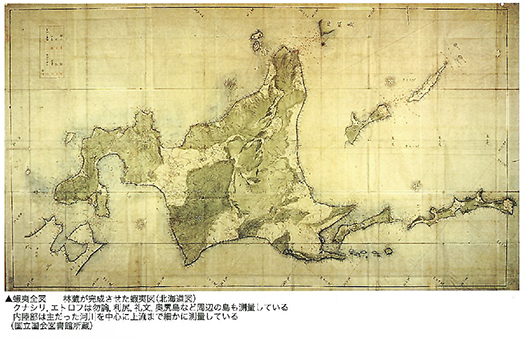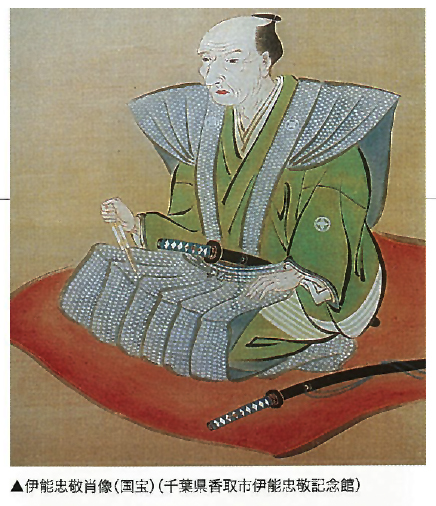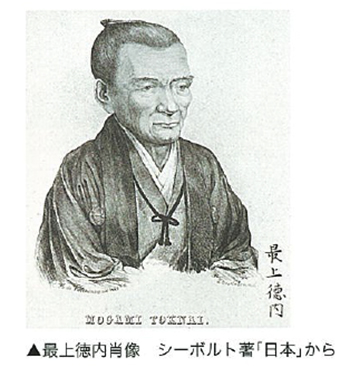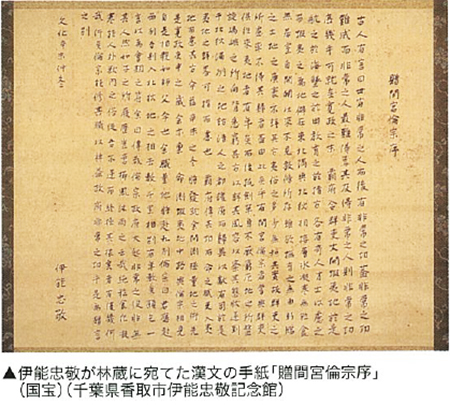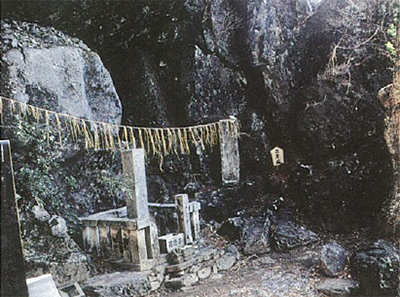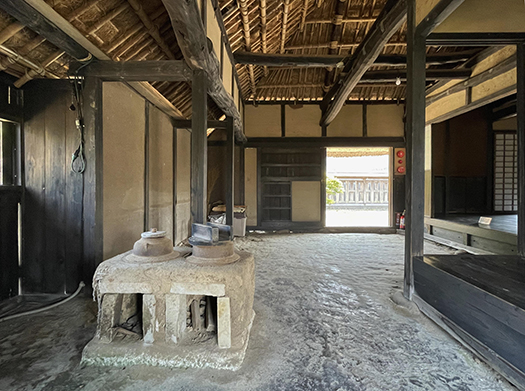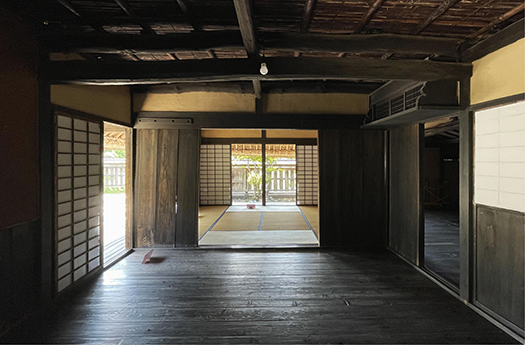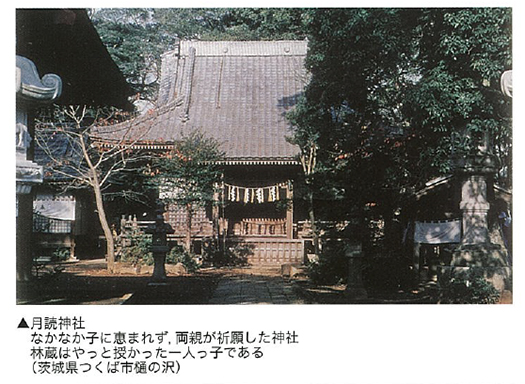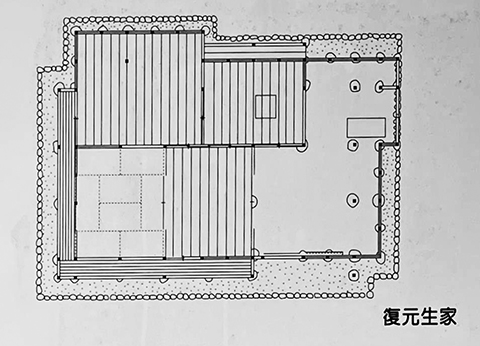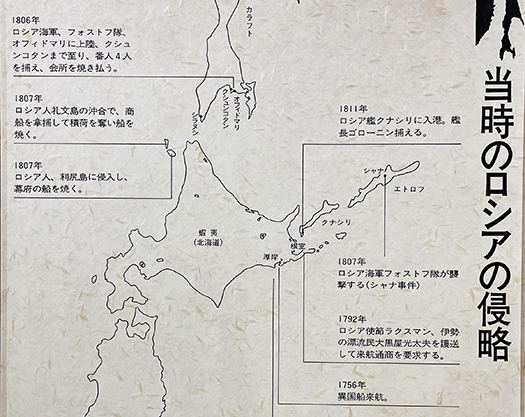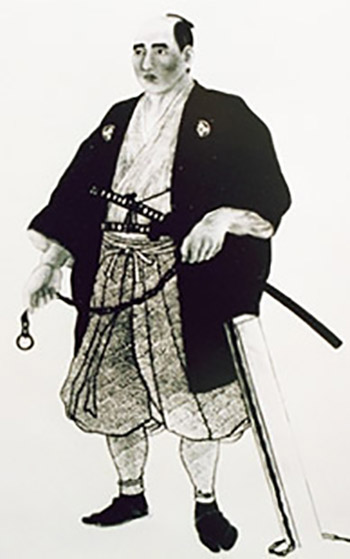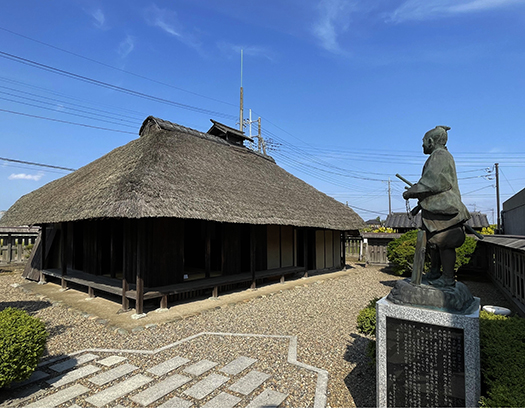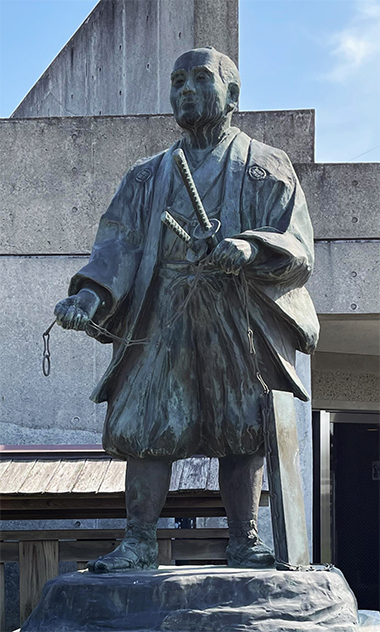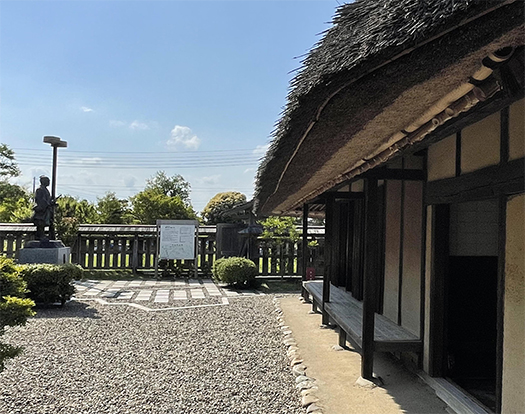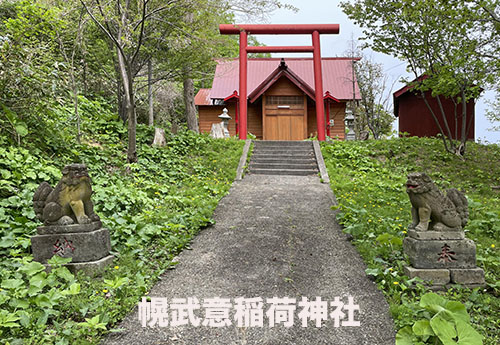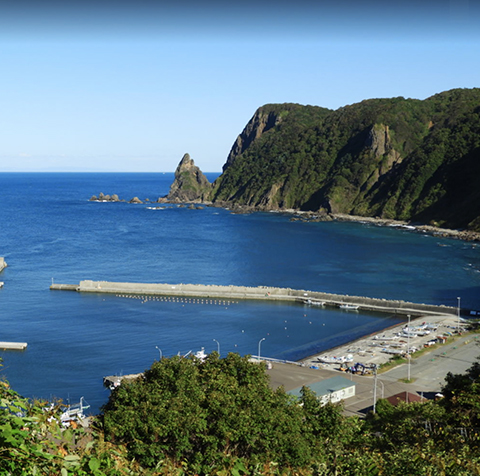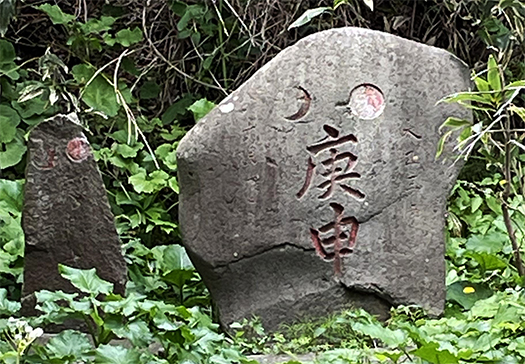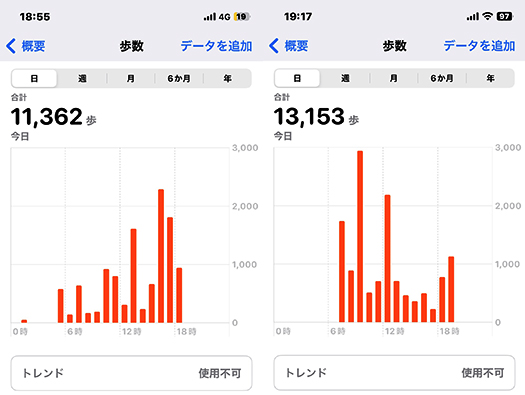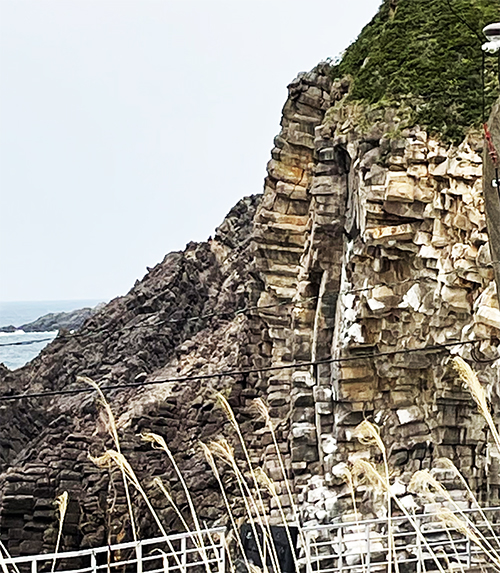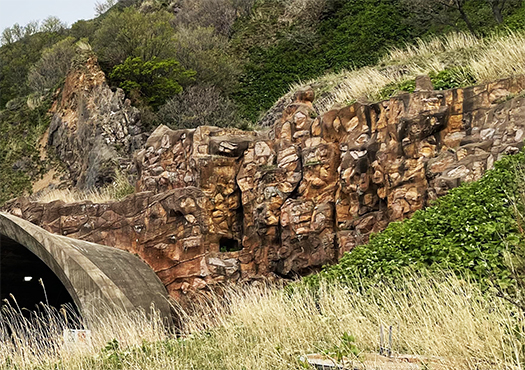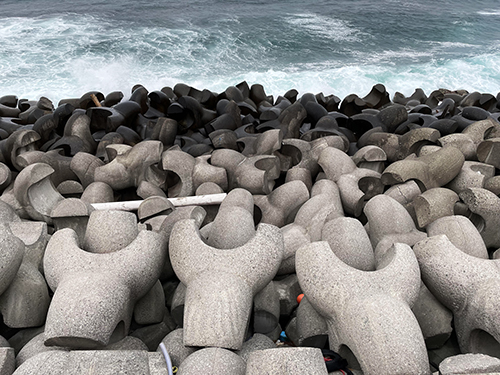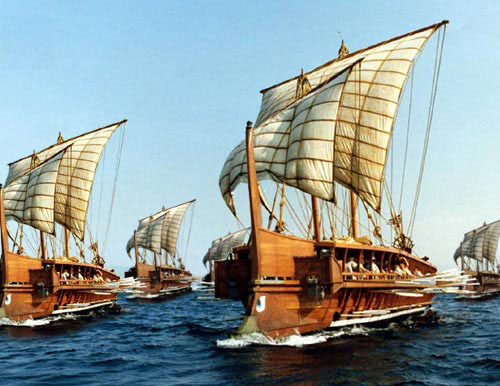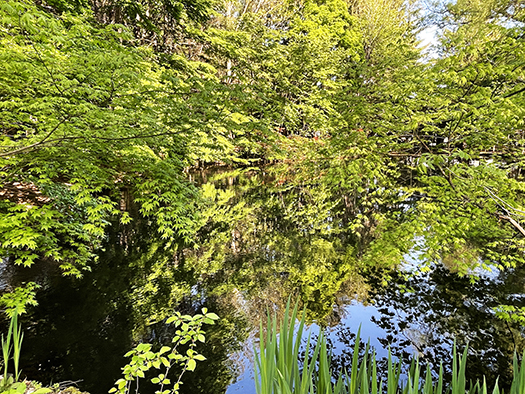
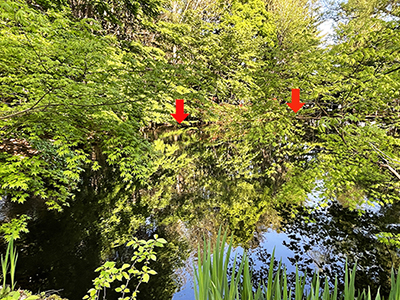
先週東京出張〜帰還が日曜日夜ということで、翌月曜日から仕事という2週間仕事モードの連続。という疲労蓄積に加えて昨日は夕方、大嫌いな(笑)歯医者さんでの難行苦行。お疲れモードがさらに倍加。どうやら1本、虫歯が確認されて、神経を麻酔させての突貫工事。かなり荒っぽい治療だったようで、その麻酔の残滓が寝て起きてもまだまだスッキリしないのであります。
なので、本日はやや「ぼーっ」としておりましてブログはテーマ休憩。
朝の爽やかな空気感の中、5月の札幌はいろいろな表情を見せてくれています。写真上はいつもオシドリとかカモたちを見る円山公園の池の様子。なんですが、周囲の緑が輝くばかりの新緑で、その様子が水面に映り込んでいます。なお、手前側の樹木も旺盛な新緑なので、水面の反映とあわせてまことに渾然一体。緑のグラデーションに加えて水面の映り込み、などなど、緑の交響曲とでも言えそう。意識の境界もあいまいになっていくような光景に癒されております。
一応2枚目写真では、池の端部を赤い矢印でマーキングしましたが、まったくムダな抵抗で満艦飾そのものの新緑に圧倒されております。

一方こちらは散歩道すがらの兄の家の庭に咲いていた「シャクヤク」。父母が暮らした家の敷地で母が育てていた花を、近所だった兄が「株分け」してもらって以来、元気に咲き続けているという。
母親にまつわる「いのち」が元気に花開いている、というのは子どもとしてハッとさせられる。岐阜県から北海道に入植してきた家系であった母は、温暖地の植物を花畑で植え込んでいた。「寒い札幌なのにこんな花が咲いたんだから・・・」ということを話してくれていたことが、つい今し方のように思い起こされる。その声音がこのシャクヤクの花の表情にオーバーラップしてしまった。
つい先日、母の命日に供養の法事をしていましたが、いのちの輪廻は自然界でつきることなく繋がっていくものなのだとうれしく思っていました。
English version⬇
On a morning walkway in Sapporo on May 19, dazzling with fresh greenery.
The island closest to heaven, with its green perspective, reflections on the water, and scenes like a nirvana seen on earth can be seen in various places. Flowers hand-planted by my late mother also make an appearance. The island is the closest to heaven.
Last week I went on a business trip to Tokyo and returned on Sunday night, which meant that I had to work from the following Monday, which was two weeks of continuous work mode. In addition to the accumulated fatigue, I had to go to the dentist’s office yesterday evening, which I hate (laugh). My tiredness was doubled. Apparently, one of my teeth was found to have a cavity, and they had to anesthetize the nerve to rush it through. It seems that the treatment was quite rough, and the residual effects of the anesthesia are still not clearing up even after I went to bed and woke up.
Therefore, I am somewhat “dazed” today, and my blog is taking a theme break.
In the fresh morning air, Sapporo in May is showing us many different faces. The photo above shows the pond in Maruyama Park where I usually see mandarin ducks and ducklings. The pond is surrounded by shining new greenery, which is reflected in the surface of the water. The trees in the foreground are also vigorously green, so they are reflected in the surface of the water, creating a harmonious whole. The gradation of greenery and the reflection of the surface of the water, it could be called a symphony of greenery. I am healed by the scene that seems to blur the boundaries of my consciousness.
In the second photo, I marked the edge of the pond with a red arrow, but it was a completely unnecessary resistance, and I was overwhelmed by the new greenery, which was like a full boat decoration.
On the other hand, this is a “peony” blooming in the garden of my brother’s house along the path of our walk. My brother, who was a neighbor, received a share of the flower that his mother had grown on the site of the house where their parents had lived, and it has been blooming vigorously ever since.
As a child, I was struck by the fact that the “life” associated with his mother is blooming vigorously. My mother, whose family had settled in Hokkaido from Gifu Prefecture, had planted warm-weather plants in her flower garden. She used to tell me, “It’s cold in Sapporo, but these flowers bloomed…” I recall the sound of her voice just now. The sound of his voice overlapped with the expression of this peony flower.
Just the other day, I was holding a memorial service for my mother on the anniversary of her death, and I was glad to know that the cycle of life is connected in the natural world without ceasing.
Posted on 5月 20th, 2023 by 三木 奎吾
Filed under: 未分類 | No Comments »


